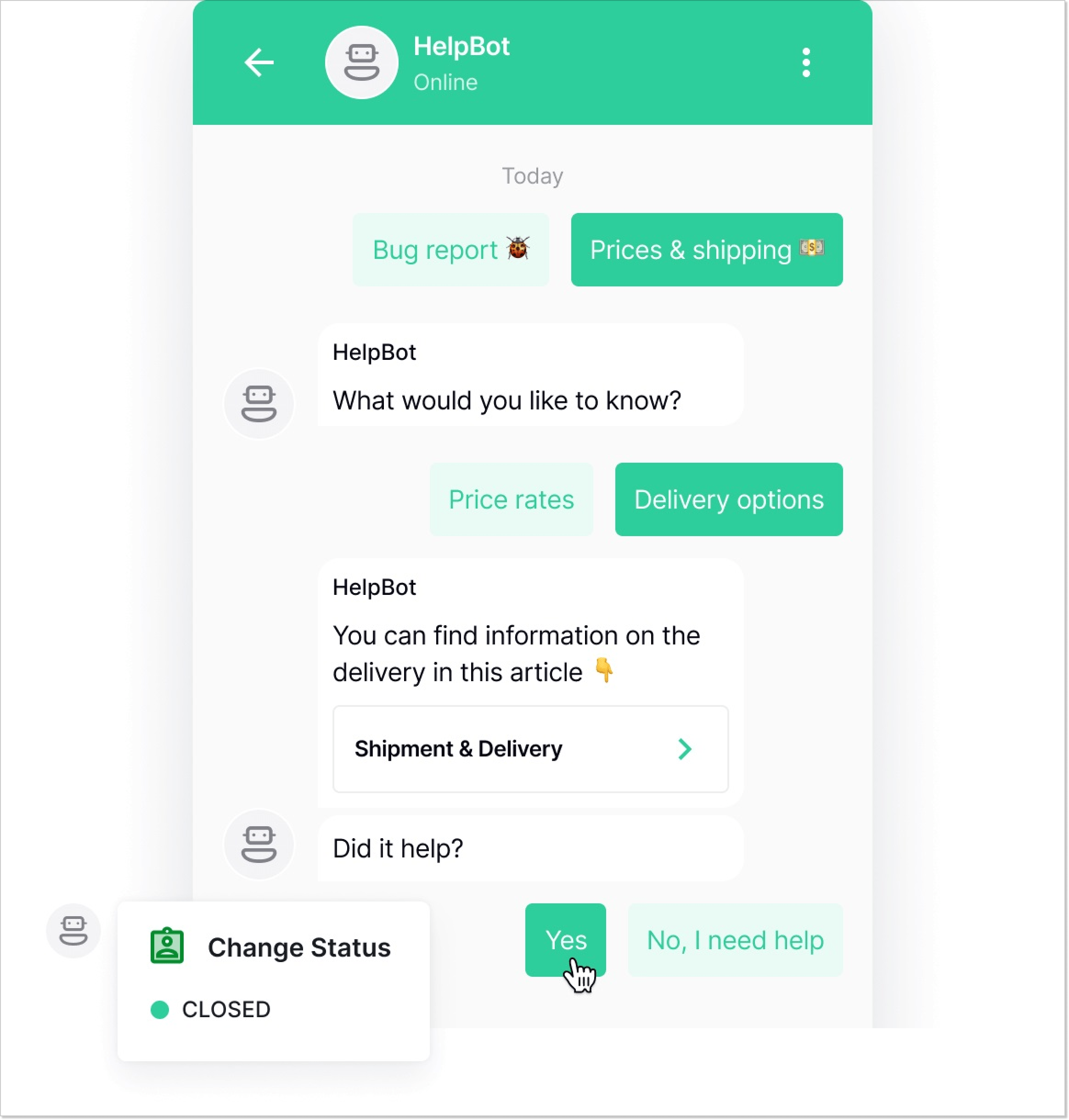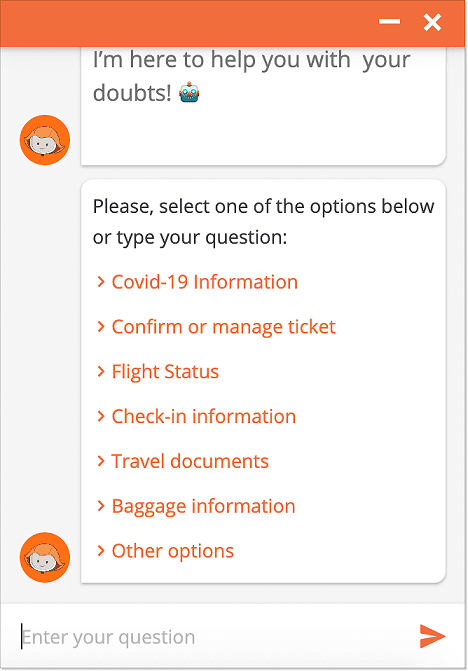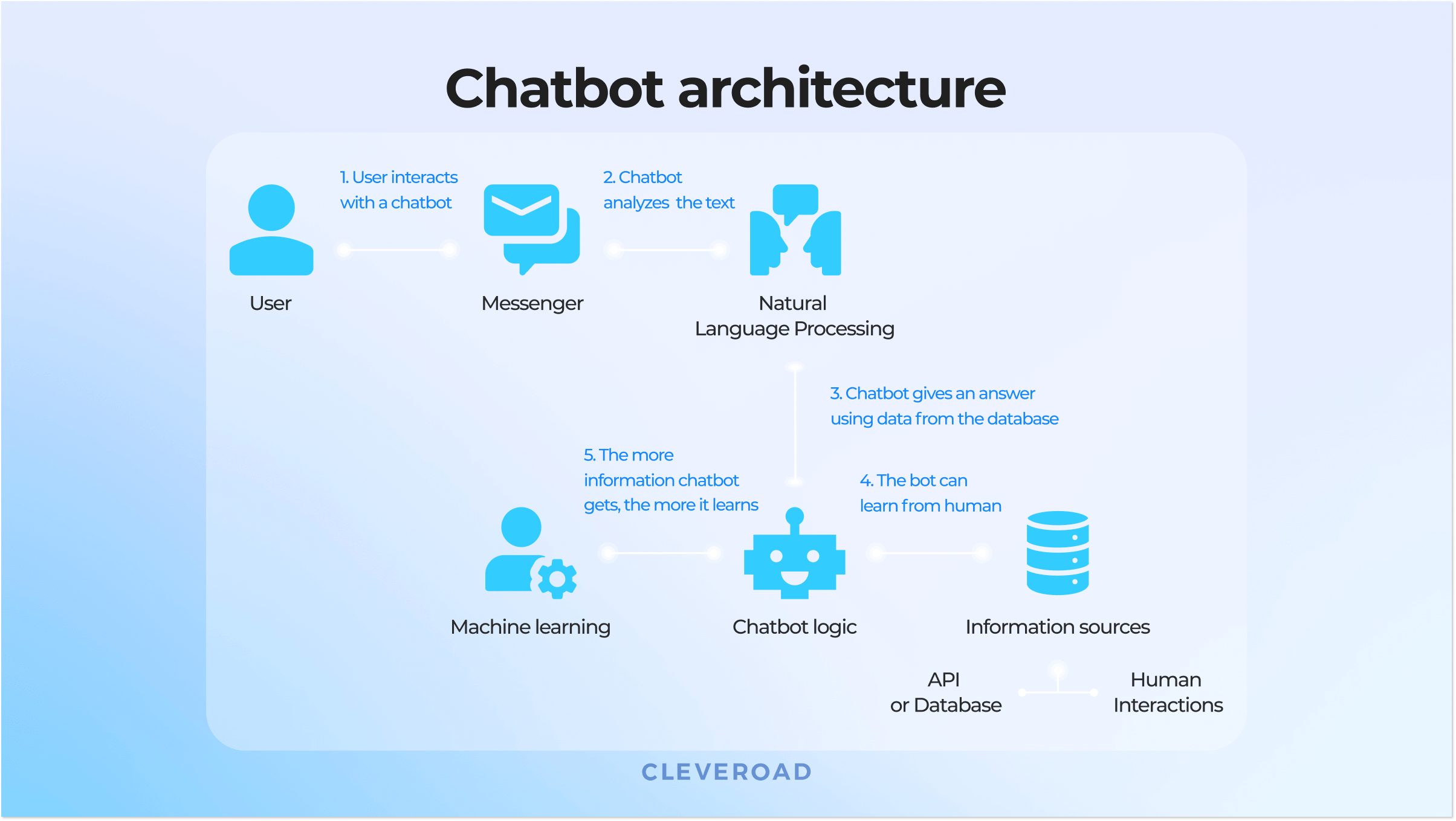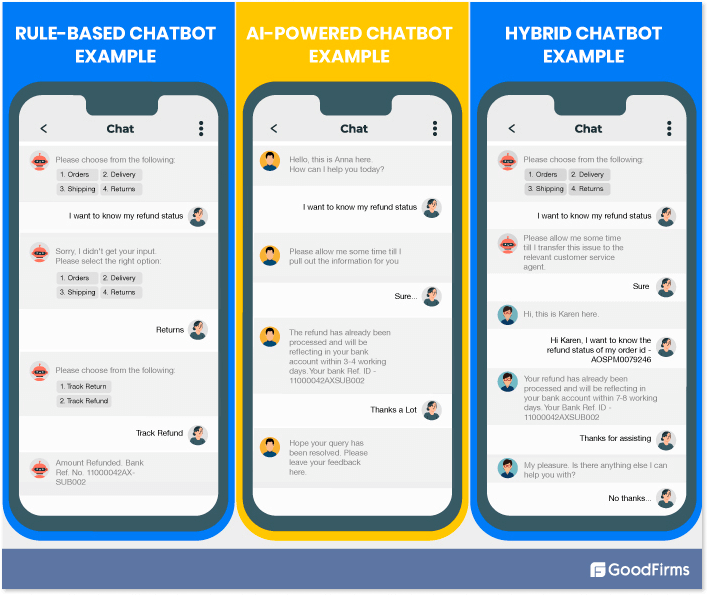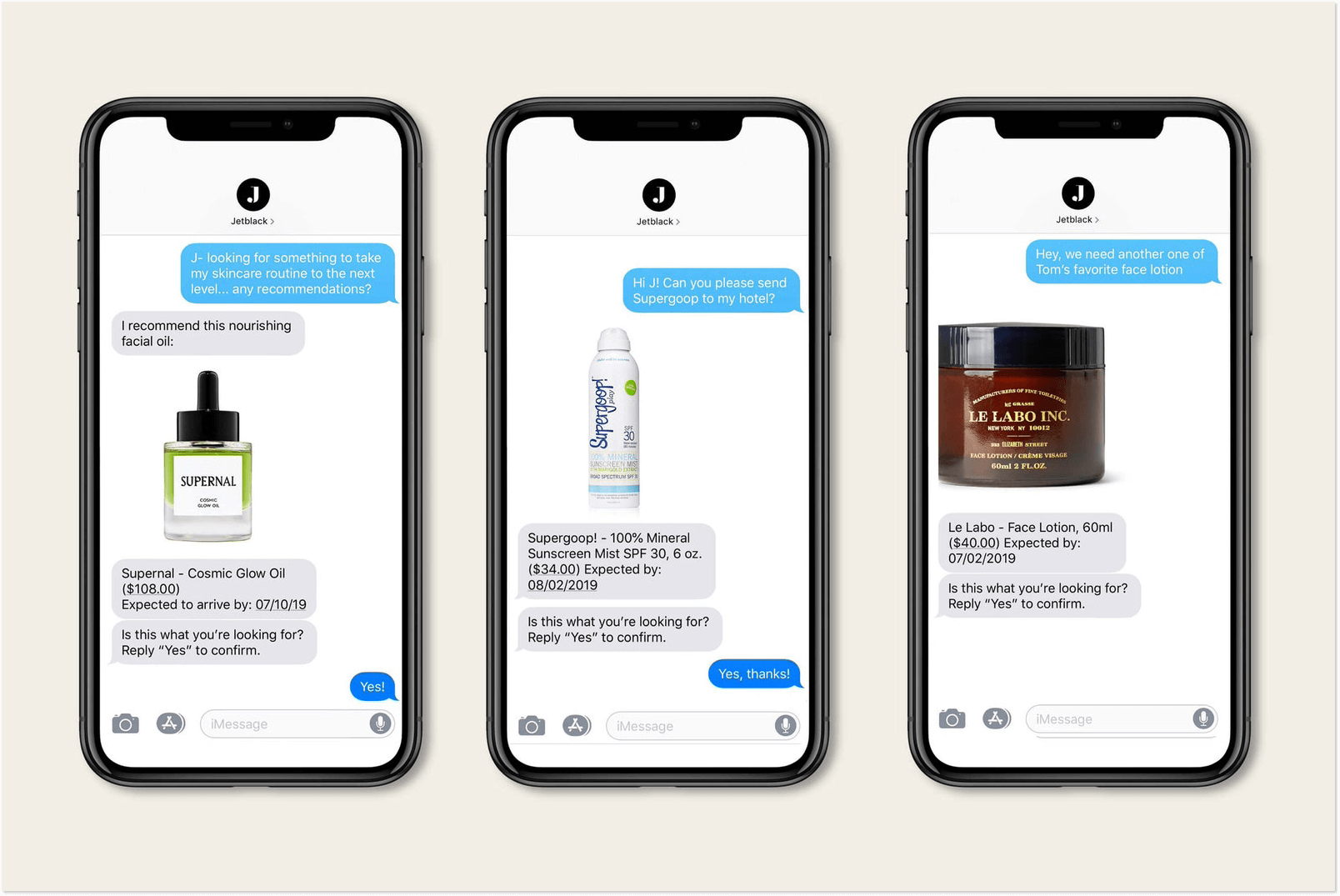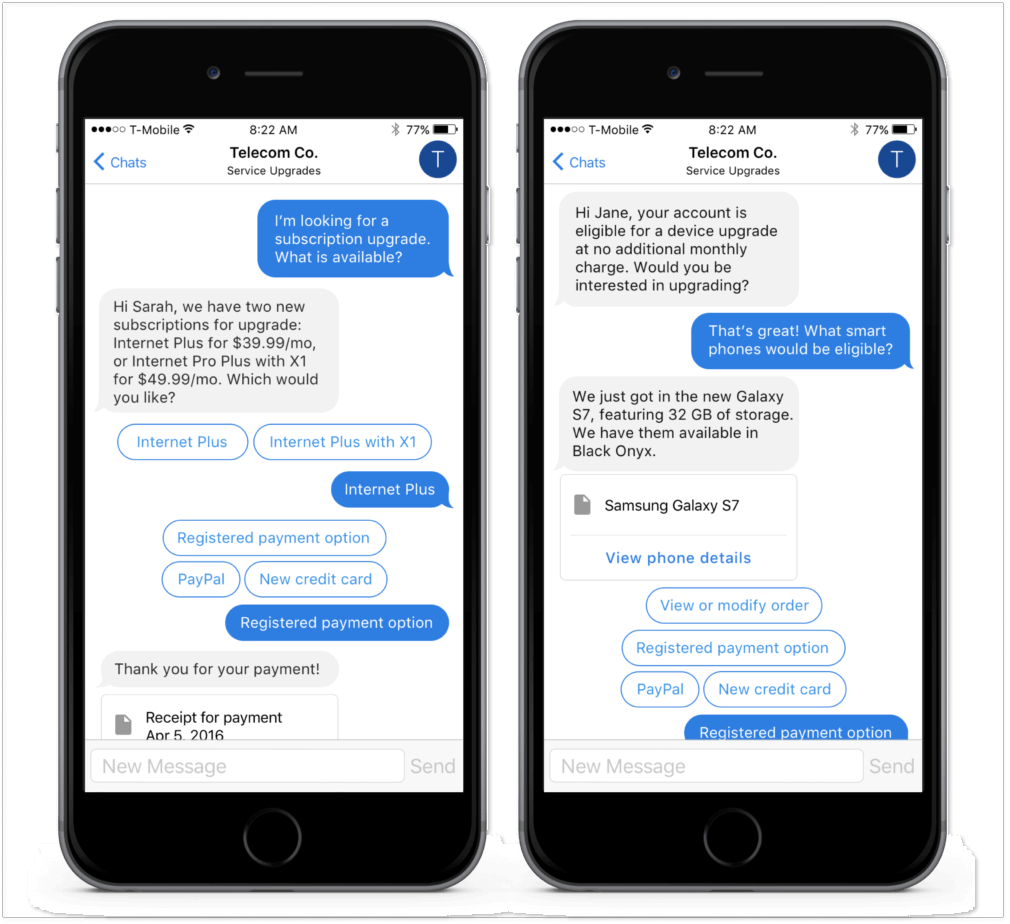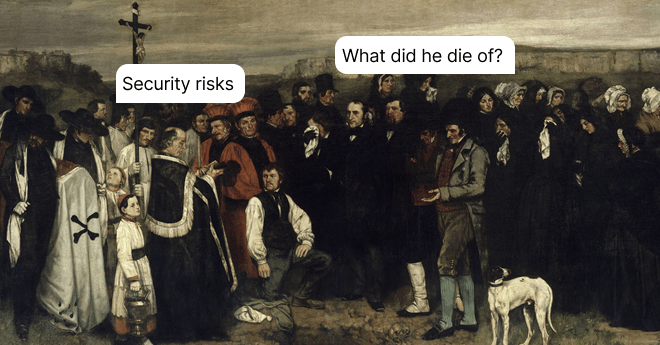Understanding FAQ Chatbot: Why You Should Have One + Use Cases
Learn more about an FAQ chatbot and how it can improve your customer support productivity!
Written by Tetiana Shataieva

Do you know why websites have an FAQ section?
Do you know why? Do you? Yes, because repetitive questions are extremely annoying and put a load on the support team. Besides, the consumers themselves are always happy to avoid communication with a stranger and another emotional investment.
You know what’s even better? FAQ chatbot. A person asks a question in the chat and immediately receives the needed information. It can become a salvation for your support agents and allow them to focus on more critical cases. It’s a win-win.
So, are chatbots really that helpful? What types are there? What are the use cases? Let’s explore everything step by step.
What is an FAQ chatbot?
An FAQ chatbot is a bot that assists users by providing answers to the most frequently asked questions. It operates based on the question-answer format, which feels like a conversation with a real-life person. Basically, it’s like an FAQ page but much better. Also, it’s one of the most common chatbot use cases businesses often adopt.
How does it work? A user provides a query in chat and gets their reply immediately from a bot. It’s an easy way to teach customers about your brand, product, and service and direct them to the appropriate website page. The best part here is that the chatbot for customer support is available 24/7 with no breaks (except for technical ones 🤖).
If you are already interested and want to test, sign up for a free trial version. But if not yet, then let’s continue our journey.
Even though we focus more on FAQ chatbots for customer service in this article, this tool can also serve well for internal support. Let’s talk about it more precisely in the following paragraphs.
Why do you need an FAQ chatbot?
It’s not news that customers appreciate their time and don’t like searching, scrolling, or waiting for the business to reply. Moreover, 90% of users consider an immediate response a crucial factor in customer service.
And businesses understand this. Overall, the interest and usage of chatbots have grown dramatically, and it looks like this tendency won’t go away soon.
Chatbot FAQ can help you create a conversational landing page, improve company productivity, and also:
- Empower your support team by allowing chatbots to handle repetitive questions, freeing up real people to focus on more complex challenges.
- Enhance user experience with multi-language support, gradually expanding to additional languages.
- Boost customer engagement by providing instant responses.
- Improve efficiency by making information readily available, eliminating users needing to search multiple pages.
Gather user contact information to ensure follow-up and satisfaction with provided answers.
What are the types of FAQ chatbots?
Pre-set responses, artificial intelligence, or both can power chatbot for FAQ. Thus, we can break it down into three main types:
- Rule-based chatbots
Rule-based bots communicate using predefined scenarios. Just like in a simple mobile game, the program always sticks to the script and responds to users’ actions in a predetermined way. If a player does “this,” then “that” will happen. No other options.
Support managers define and implement these pre-set rules. It’s also worth noting that rule-based FAQ chatbots don’t understand the context of the dialogue. They can provide the correct answer only when users include a keyword they were programmed to respond to.
So when a rule-based chatbot gets a question, it first looks for specific keywords in the sentence, like ‘order’ or ‘product.’ After that, it tries to match them with programmed answers in its database. When the bot finds the matching information, it immediately provides it to the customer.
However, if a visitor uses a word that is out of the scope, the bot will fail to find the right answer to the question. What’s then? You can program your chatbot to ask users to rephrase their questions or transfer the query to a live agent.
For example, GOL Airlines uses a rule-based FAQ chatbot to provide information on regulations, flight status, check-in details, and other relevant information gathered from the company’s help center.
Due to their simplicity, rule-based chatbots are extremely easy to build and train. The price will make you happy as well 🤑
Another benefit is that the behavior of these chatbots can be designed from A to Z, which allows businesses to deliver a predictable customer experience. On the flip side of the coin, rule-based chatbots can’t learn on their own; they only respond to a predefined set of rules created by your team. That means your customer experience with rule-based bots is pretty linear.
- AI chatbots
FAQ chatbots with artificial intelligence software communicate using machine learning and natural language processing (NLP), and some even leverage sentiment analysis. (Wait, what?) Let’s take this slowly.
Machine learning can help bots identify user input patterns, learn from other interactions, and even make decisions.
Natural language processing allows chatbots to understand the context of the dialogue despite grammatical mistakes or jargon. Sentiment analysis is here to let bots comprehend customers’ emotions.
Although AI chatbots are more advanced, you need to train and build them with a set of predefined answers, just like rule-based chatbots. Over time, they can learn from past conversations without the need to be constantly updated. AI chatbots FAQ can make communication more personalized by sending targeted messages, speaking different languages, improvising, answering more complex questions, and providing fast human-like support.
The other side is that these bots take a lot of work to build. It requires more time and money. Among other challenges you have to be aware of:
- Data security. As AI chatbots constantly collect and store your customers’ data, you should maintain chatbot security. Can you ensure that?
- They are still just machines. Yep, most AI chatbots still can’t recognize human emotions or change of mood.
- Hybrid
These FAQ chatbots communicate with people using a combination of both rule-based and AI benefits. On the one hand, they are trained to say specific things when answering user queries, but they can also leverage NLP to recognize the user’s intent.
How to choose the right chatbot for FAQ?
Choosing the type of FAQ chatbot depends on three main factors:
- Business goal
- Industry
- FAQ database
- Integration channel
The most important factor is your business aim. So, what are you looking for? Do you need a bot that can reduce the workload of support agents and answer some straightforward questions? Or, a chatbot that is capable of nearly replacing an agent?
The next question is, how much time and money can you dedicate to the chatbot design? The rule-based type is perfect for a tight budget and immediate help (especially if you already have an FAQ page hot to trot). The AI and hybrid chatbots deliver to the needs of large businesses better as they can handle a huge number of requests of varying complexity.
Speaking of the industry, if you work in the retail niche and offer several products, your chatbot will require better human understanding to identify the user’s intent and assist them in their shopping experience. Your customers most probably use different forms of questions, and the chatbot must be able to match the words to the right products. Moreover, it has to be profound in pricing, discounts, and even competitors’ solutions to be really helpful to a visitor.
The type of chatbot also depended on the volume and complexity of the FAQ database. For instance, AI chatbots require a huge load of training data to perform better, whereas rule-based bots can operate perfectly well with a low or moderate volume. The choice is yours 💁♀️
The last but not least determinant factor is the integration channel. If you interact with users through several channels and store the whole data on one customer communication platform, then you would better go with the bot this software offers. It will help you to avoid the difficulties associated with the use of several tools for communication, which inevitably makes it impossible to synchronize or analyze data properly.
However, if your company focuses on just one communication channel, you have many companies to choose from when selecting your chatbot provider.
What are the use cases for FAQ chatbots?
Generally, an FAQ-based chatbot is used as a customer service bot to answer visitors’ common questions. Depending on the company’s goals, businesses can integrate the bot in various ways for customers and employees.
- For customers
Users can benefit greatly if you offer a chatbot for frequently asked questions and the help page. This way, they get an available assistant around the clock, respond in seconds, and manage multiple users simultaneously.
Chatbots can be good at capturing new leads. When chatting with a person, they ask for personal information and redirect it to the sales team. Later, you can use these contact details to create a personalized approach, send special offers, and move the lead through the sales funnel.
AI-powered FAQ chatbots can cross-sell and eventually increase revenue. Smart chatbots learn from past conversations, suggest matching products, provide information about promotions, and encourage customers to buy other products or services.
- For employees
FAQ-based chatbot can be a substitute or an auxiliary tool for an internal knowledge base or onboarding pack. Imagine you have a big company, and a newcomer joins your team. Predictably, they have many questions about everything, from schedule and holidays to weekly meeting times to technical product issues. Chatbots can help a lot here and allow new members to get the answers they need.
Wrap up
As customers’ expectations grow, businesses must look for new solutions to increase productivity and maintain high satisfaction. One of those solutions might be an interactive FAQ chatbot that can answer user queries 24/7.
There are three main types of these chatbots. Choose a rule-based bot to deal with simple repetitive questions. It’s an ideal way to support users while saving your own time and money.
Go with an AI or hybrid chatbot if you offer a variety of products or services and have a vast customer database. It will help you handle the big live agent call or ticket volumes.

